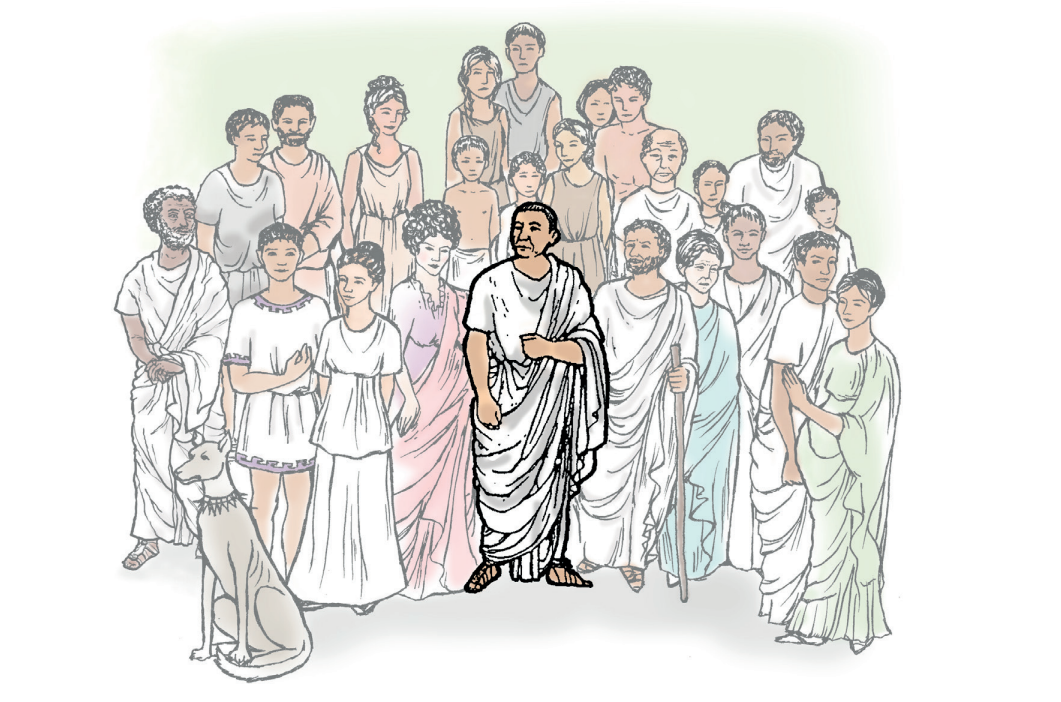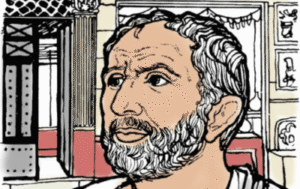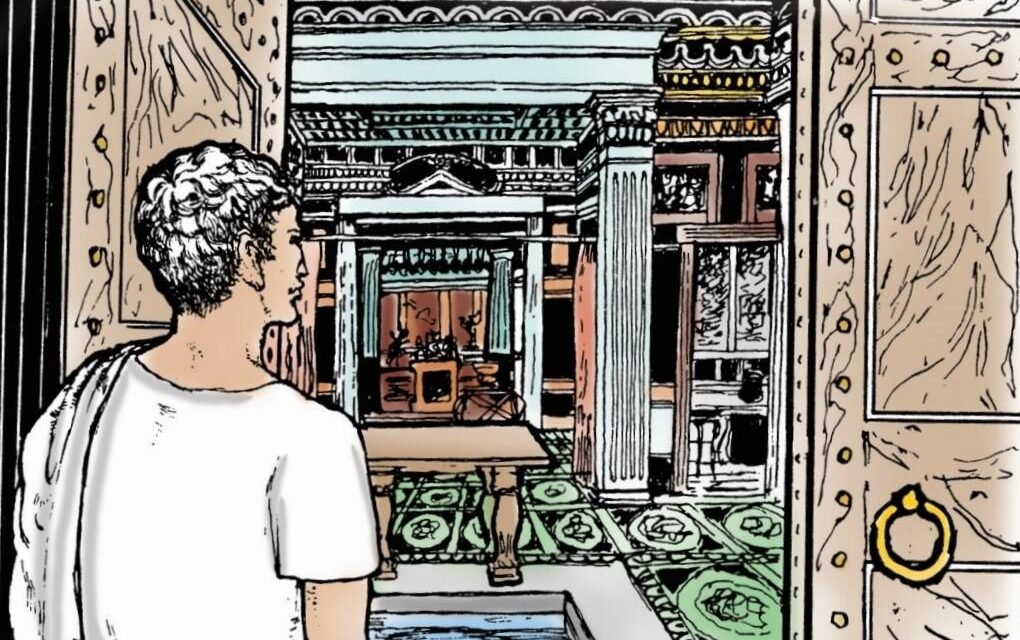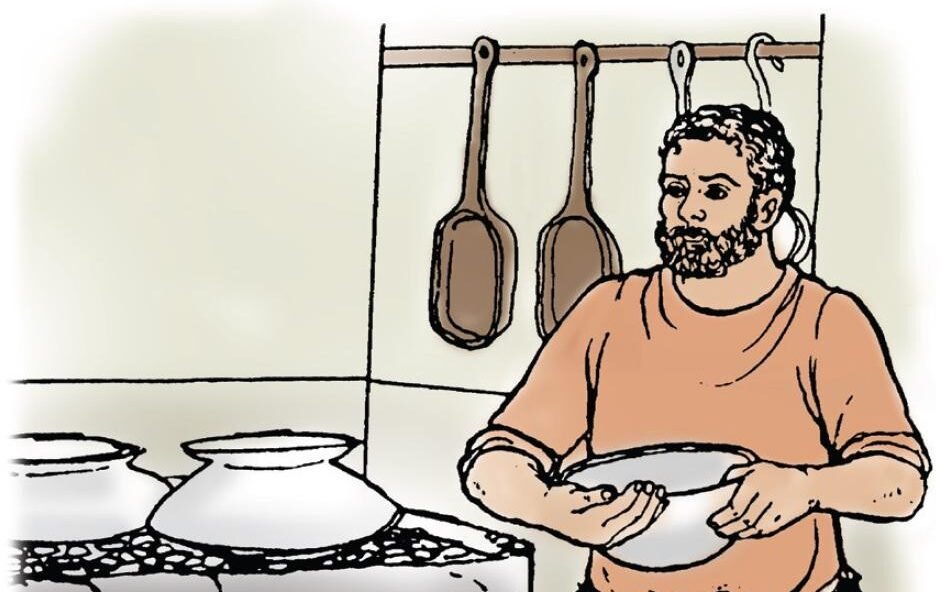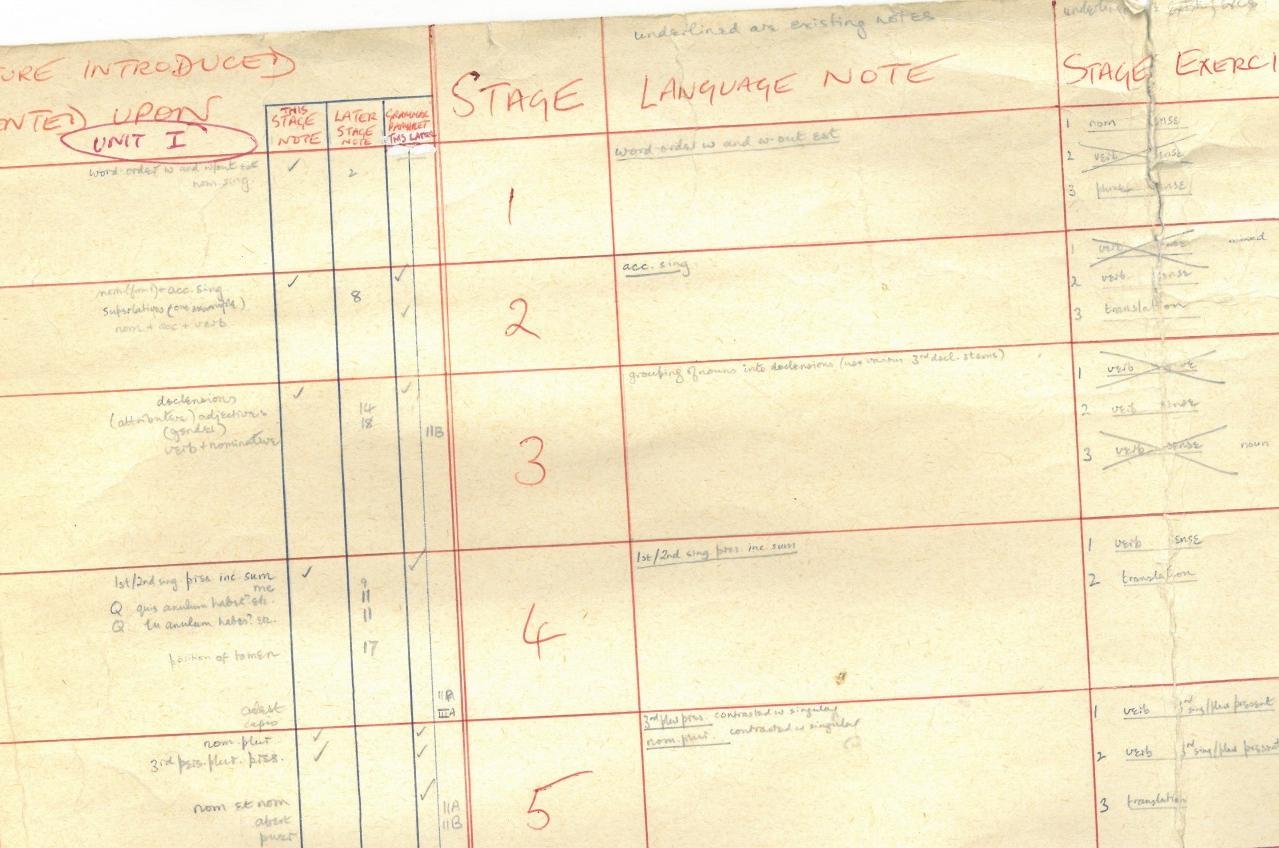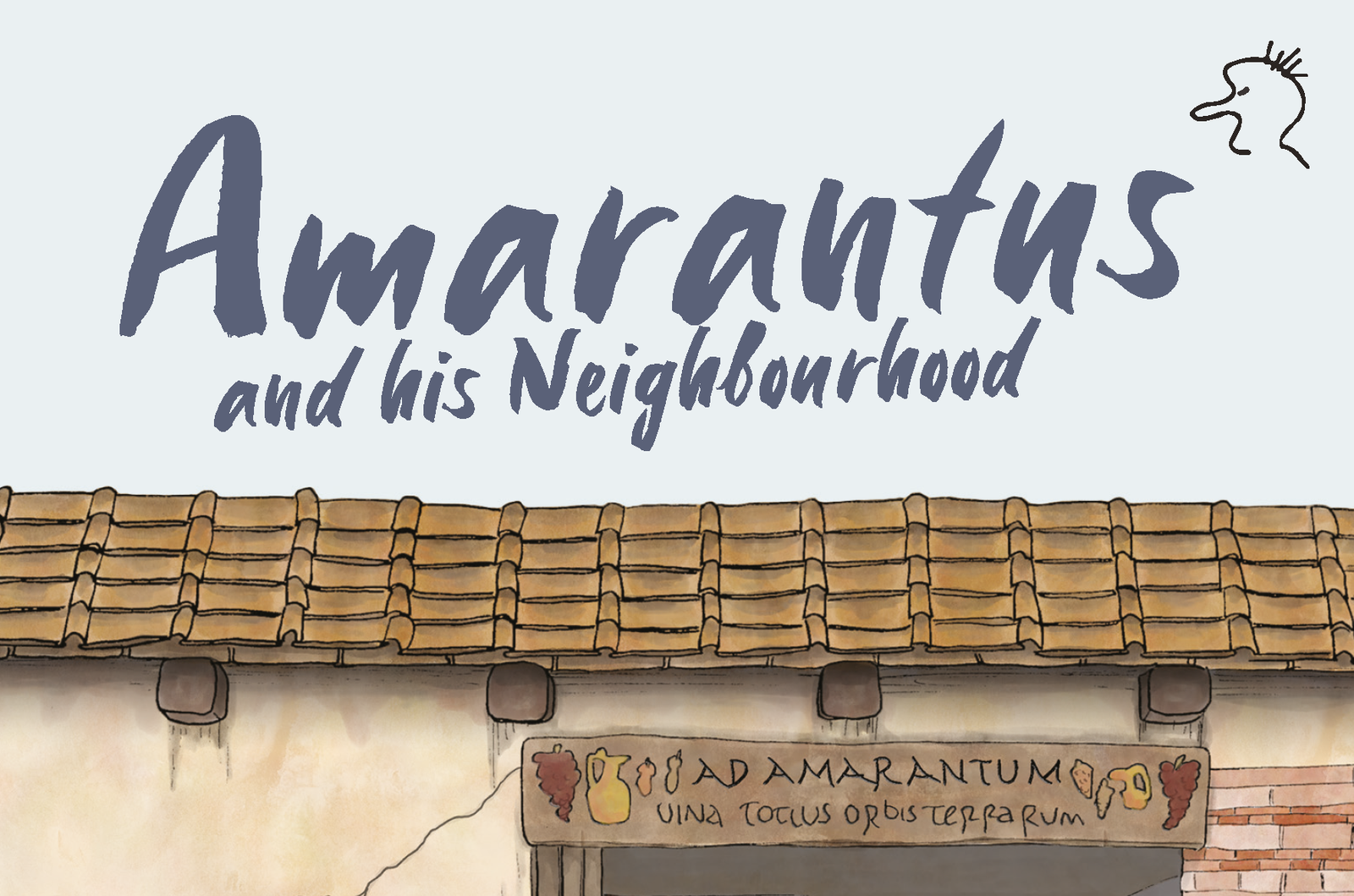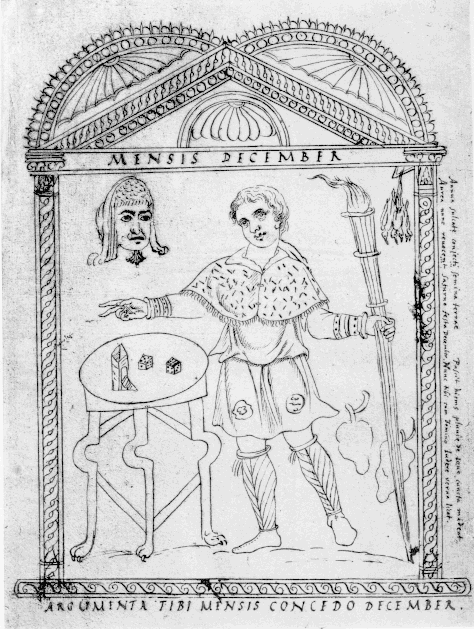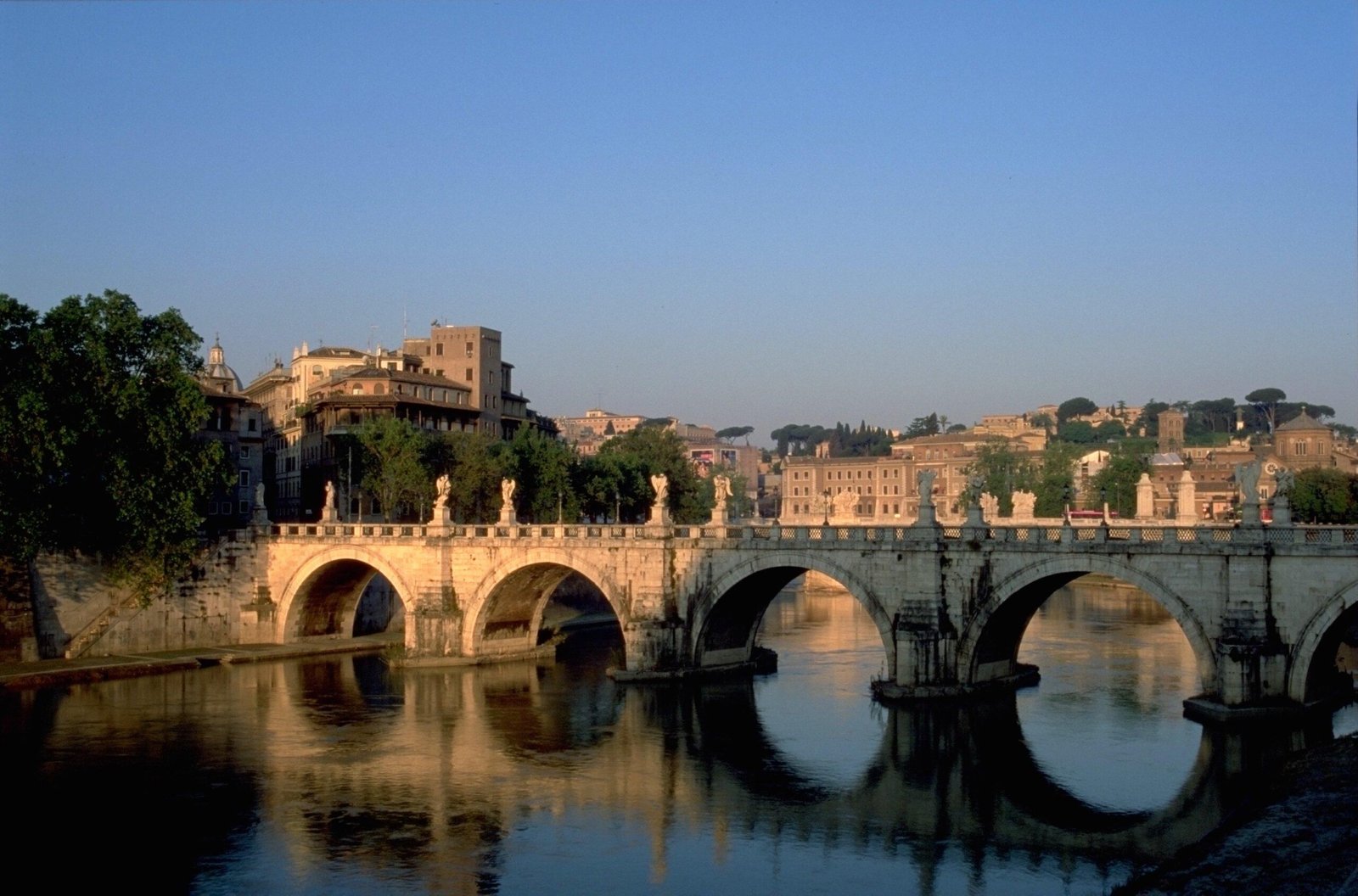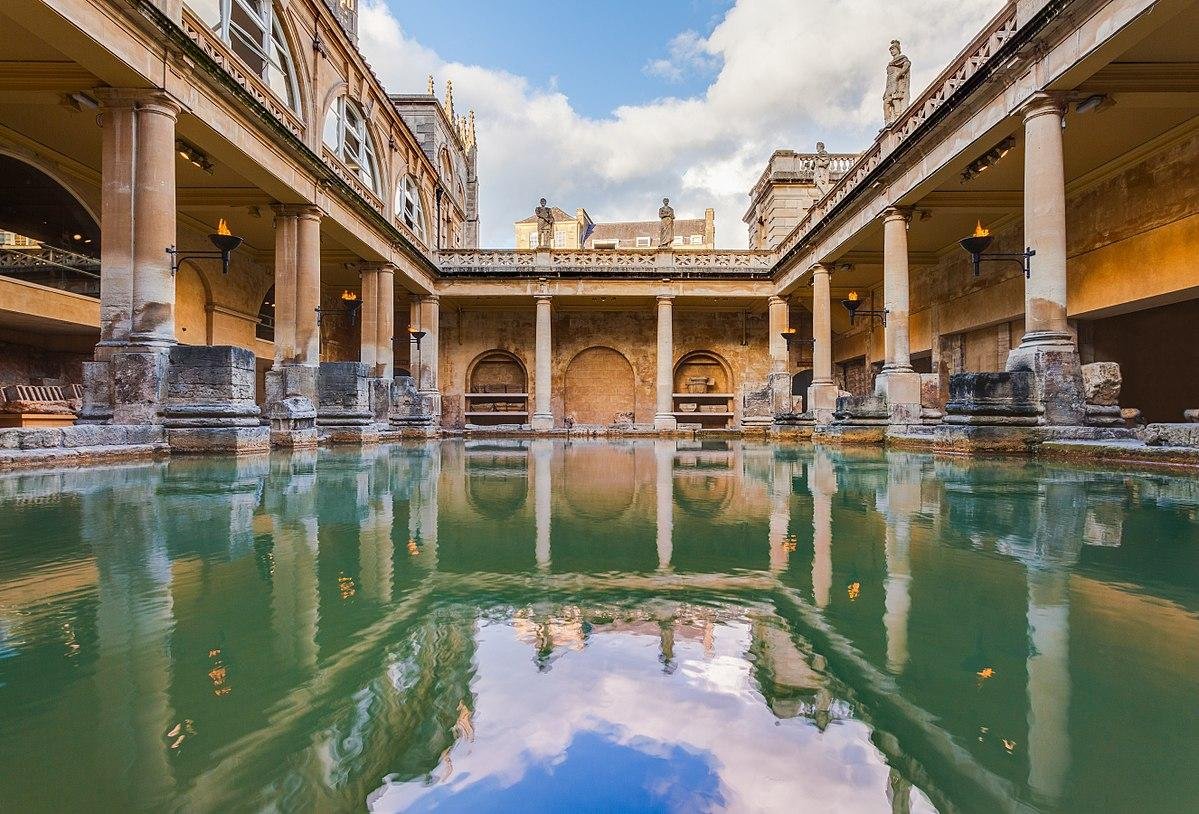The story’s the thing…
From Quintus’ little sister to the introduction of Barbillus as amīcus in Book I, there’s lots to look forward to in the new edition. In this post, Director Caroline Bristow reflects on the narrative that students and teachers love and the changes you can expect from the new UK and International edition. The familia of Caecilius in full colour. The … Read more

